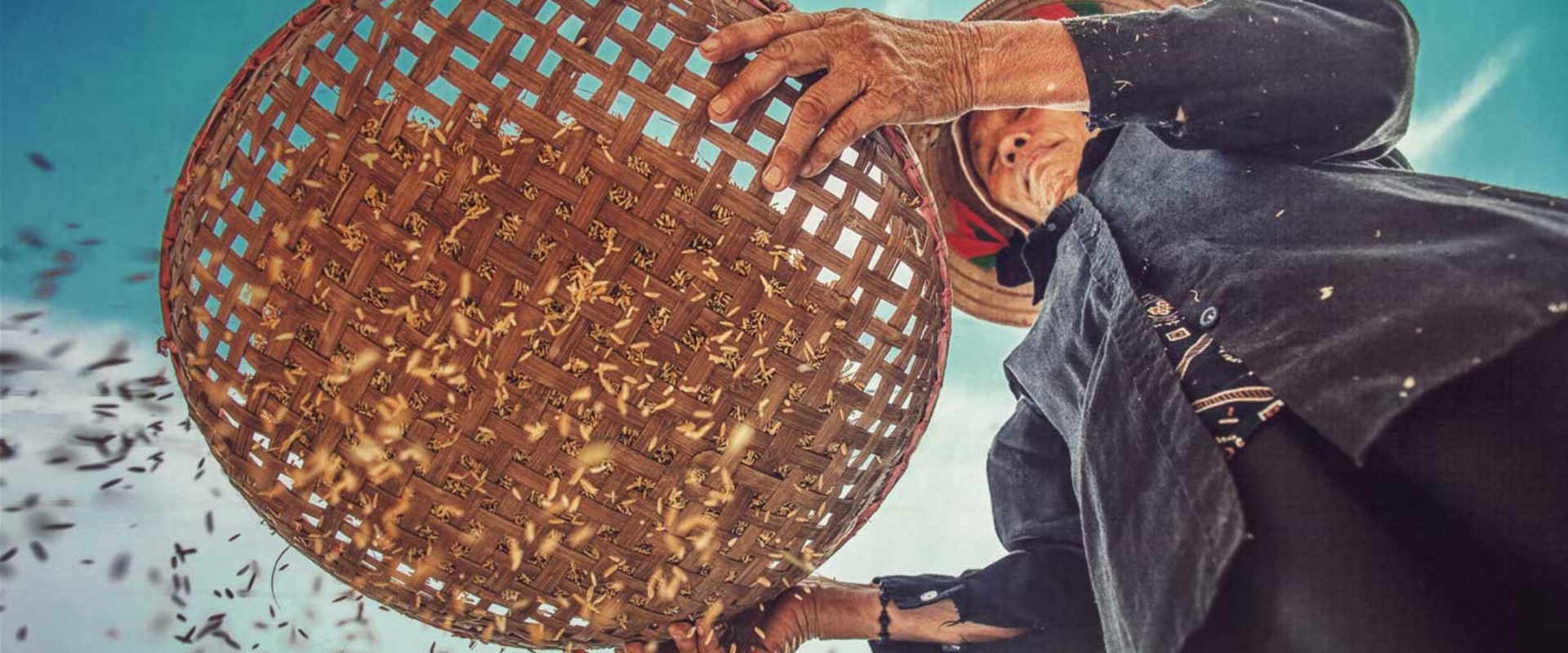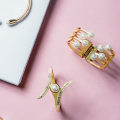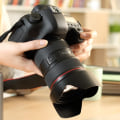Are you a photographer looking to get the most out of your camera? Camera angles are a key factor in creating stunning, engaging images. By understanding the different types of camera angles, you can capture a variety of perspectives that will truly elevate your photography. This comprehensive guide will introduce you to the different types of camera angles available, and provide tips on how to best utilize them in your product photography. Learn how to use camera angles to create dynamic, captivating images that will draw the eye and engage your viewers.
Conclusion
Camera angles are a crucial element of product photography, as they can be used to create different emotions and tell different stories. Different angles can be used to emphasize or de-emphasize certain aspects of the product and to create a variety of visual effects. By understanding the various types of camera angles and how they can be used, you will be able to take your product photography to the next level. No matter what type of product you are shooting, camera angles are essential for making your photos stand out. Whether you are looking to create a dramatic or subtle mood, or simply convey the size and scope of your product, camera angles are key to achieving the desired effect. By taking time to experiment with different camera angles, you can ensure that your product photos always look their best.What Are Camera Angles?
Camera angles are the way in which a camera is positioned relative to a subject.They are an integral part of photography and have the power to capture different emotions, express stories, and create stunning images. Different angles can also be used to emphasize certain elements of the photo, while de-emphasizing others. Camera angles are different from other types of photography because they are more focused on how the camera is positioned in relation to the subject. For example, a portrait photographer might use a wide-angle lens to capture a wider view of their subject, while a product photographer might use a telephoto lens to focus on a specific element of their product. Camera angles are important for product photography because they can draw attention to the details that make the product unique. Different angles can be used to emphasize certain features of the product, such as its design or texture.
Additionally, camera angles can be used to create a sense of emotion or story in the photo, which can make your product more appealing to potential customers.
Tips For Experimenting With Camera Angles
Using a TripodWhen experimenting with different camera angles, it is essential to use a tripod. A tripod will help you achieve stability and keep your camera in the same position while you experiment with different angles. This will make it easier to compare the results of different camera angles and help you find the best angle for your product shots.Different Lenses
Another way to experiment with camera angles is to use different lenses. Different lenses can produce different effects, such as wide-angle lenses that capture more of the scene or telephoto lenses that provide a zoomed-in effect.When using different lenses, it is important to be aware of the perspective distortion they can create and adjust accordingly.
Achieving the Best Results
Once you have experimented with different camera angles and lenses, you should consider other factors such as the lighting and composition of your shot. Using the right lighting can help bring out the best features of your product and make it look more appealing, while a good composition can make all the difference in creating a stunning product photo.How To Use Camera Angles To Create Unique Photos
Using Camera Angles To Create Unique PhotosCamera angles are a key element of successful product photography. Different angles can create different emotions and express different stories.Experimenting with camera angles is a great way to create unique and interesting shots. When shooting with a DSLR camera, you can change the lens, aperture and shutter speed to get different perspectives. You can also use special lens attachments to further manipulate the shot. When shooting with a smartphone, you can use the camera’s panoramic, portrait or landscape mode to achieve different effects.
You can also use the built-in grid lines to help compose your shot. When using natural light, try to experiment with different angles to capture the best light. If shooting indoors, try to vary the height of the camera and the angle of the light source to create interesting shadows. It is also important to consider how the camera angle will affect the composition of your image.
For example, if you are shooting a product from an angle, make sure that all of the elements in the image are in line with each other. Finally, when creating multiple shots for a single product, it is important to ensure that all of the shots have a cohesive look and feel. By experimenting with different camera angles, you can create a set of images that work together to tell a story.
Examples Of Camera Angles In Action
Camera angles are a powerful tool when it comes to creating stunning product photos. Let’s take a look at some examples of camera angles in action.High Angle
The high angle is when the camera is positioned higher than the subject.This angle creates a sense of power and superiority, as it gives the viewer the feeling of looking down on the subject. It can also be used to draw attention to details in the scene, such as intricate patterns in the background or small props used for the product.
Low Angle
The low angle is when the camera is positioned lower than the subject. This angle can create a sense of vulnerability or insecurity, as the viewer feels like they’re looking up at the subject. It can also be used to highlight features of the product, such as unique textures or intricate details.Eye Level
The eye level angle is when the camera is positioned at the same height as the subject.This angle creates a sense of equality between the viewer and the subject, as they both feel like they’re looking at each other. It can also be used to draw attention to small details and create a sense of intimacy.
Overhead
The overhead angle is when the camera is positioned directly above the subject. This angle creates a sense of grandeur and vastness, as the viewer feels like they’re looking down on a miniature world. It can also be used to capture an overall view of the scene, such as a large product with multiple components.The Different Types of Camera Angles
Camera angles are an important part of shooting any product.In this article, we will be covering the different types of camera angles, how they affect the feel of a photo, and how to use them to create unique shots.
High Angle
- The high angle is a camera angle taken from an elevated position looking down on the subject. This angle is often used to portray the subject in a more powerful light and can also be used to convey the size of a location or object.Low Angle
- The low angle is the opposite of the high angle and is taken from a lower position looking up at the subject. This angle often makes the subject appear larger than life and gives them a feeling of power and dominance.Eye-Level Angle - The eye-level angle is shot at the same height as the subject's eye level. This angle can be used to create more natural looking shots and can also be used to emphasize certain details in the photo.
Aerial Angle
- The aerial angle is taken from an elevated position looking down on the subject. This angle can be used to show the overall context of a scene or to show a larger area in one shot.Dutch Angle - The Dutch angle is an angled shot that is taken at an angle to the subject. This angle can be used to create a feeling of uneasiness or tension, or to draw attention to certain elements in the shot. By understanding these different types of camera angles, you can create unique and engaging shots with your product photography. Each type of angle has its own unique qualities that can be used to create stunning visuals and tell stories through your photos.




Leave Message